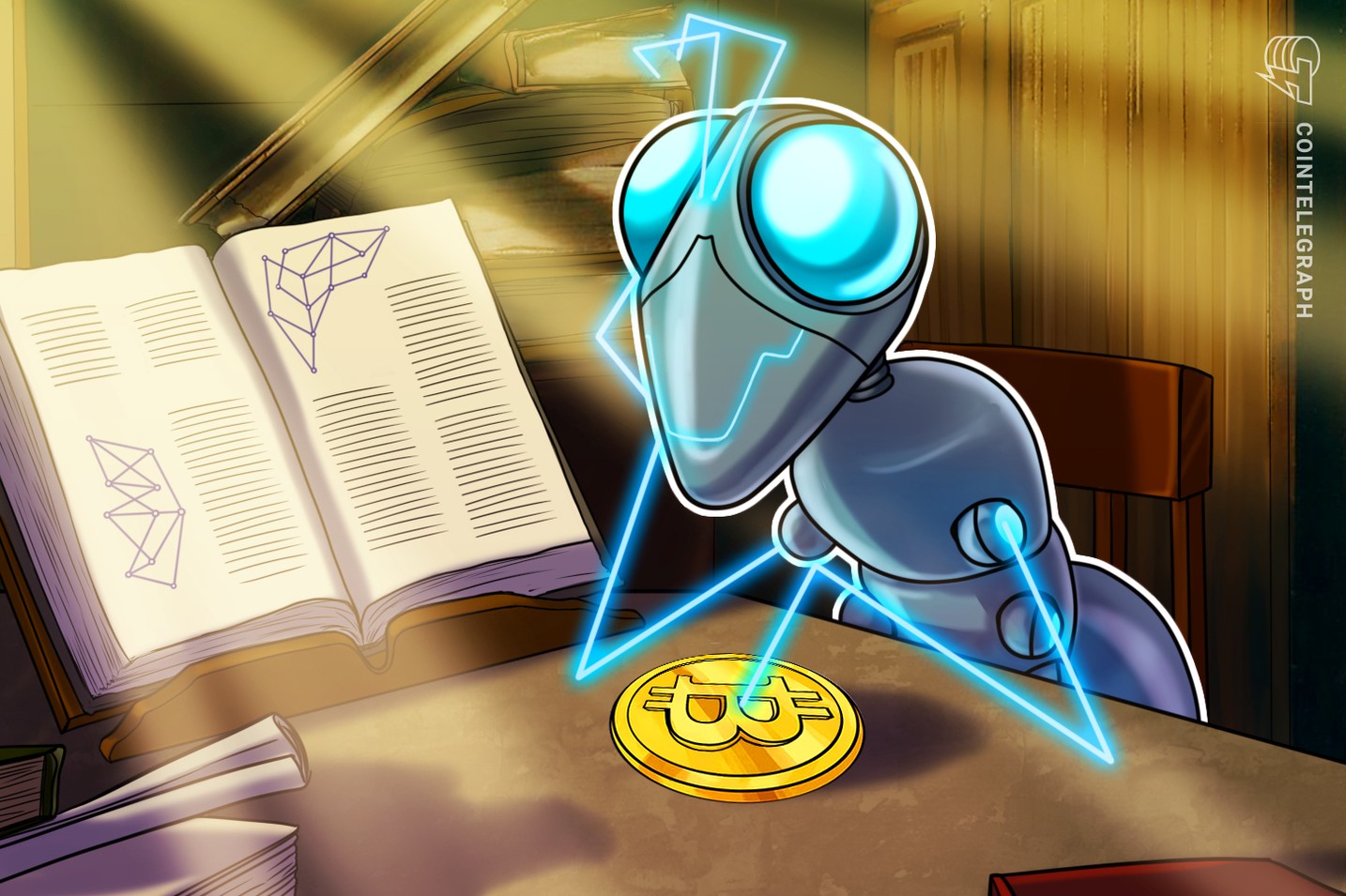Bitcoin News, Crypto News
Fractal Bitcoin: Is It Beneficial or Detrimental to Mining Profits?
Fractal Bitcoin: Implications for Mining Revenues
In August 2024, Bitcoin mining revenue experienced a significant downturn, generating only $827.56 million, marking the lowest earnings since September 2023.
Fractal Bitcoin is a sidechain solution designed to enhance Bitcoin’s scalability while utilizing the original Bitcoin core code. This innovation may provide miners with an extra revenue stream, yet it also poses risks of diminishing existing mining profits.
According to reports from TheMinerMag, Fractal Bitcoin allows for merge-mining with Bitcoin, enabling miners to utilize the same hardware for both cryptocurrencies. This dual mining process could offer Bitcoin miners a much-needed boost in profitability, particularly in a post-halving context, without necessitating changes to their current mining setups.
Nonetheless, the introduction of Fractal Bitcoin carries potential downsides. Its support for the BRC-20 token standard creates a more efficient and cost-effective scaling option, which may lead to decreased network fees. This reduction could adversely affect miners’ profits through diminished demand for network transactions, especially those associated with non-fungible tokens.
Fractal Bitcoin token distribution. Source: TheMinerMag
Tokenized Assets as Mining Revenue Sources
Despite the reduction in excitement around Bitcoin Runes, ordinals, BRC-20 tokens, and inscriptions, these tokenized assets continue to be a lucrative source of revenue for Bitcoin miners.
After the halving event in April 2024, the introduction of Bitcoin Runes contributed approximately 1,200 BTC in fees to miners by the end of that month, temporarily compensating for the reduced block subsidy.
Breakdown of Bitcoin transaction fees by type. Source: Dune Analytics.
Since then, Bitcoin Runes alone have generated roughly $162.4 million in fees, excluding revenues from ordinals, BRC-20 tokens, or any other tokenized asset transactions on the Bitcoin network.
Impact of Potential Revenue Shifts on the Ethereum Network
The success of Fractal Bitcoin and its peers may lead to consequences akin to the revenue decline observed in Ethereum’s layer-1 ecosystem.
Since the Dencun upgrade launched in March 2024, Ethereum has seen a consistent drop in network fees for its layer-1 transactions, contributing to a significant increase in layer-2 solutions aimed at improving scalability and affordability for users.
Trends in Ethereum layer-1 revenue. Source: Token Terminal.
This notable decline in fees has accelerated the adoption of Ethereum layer-2 networks, resulting in intensified competition among providers to offer faster and more cost-effective solutions. Consequently, fees on Ethereum’s base layer have collapsed by 99% since the Dencun upgrade was implemented earlier this year.



